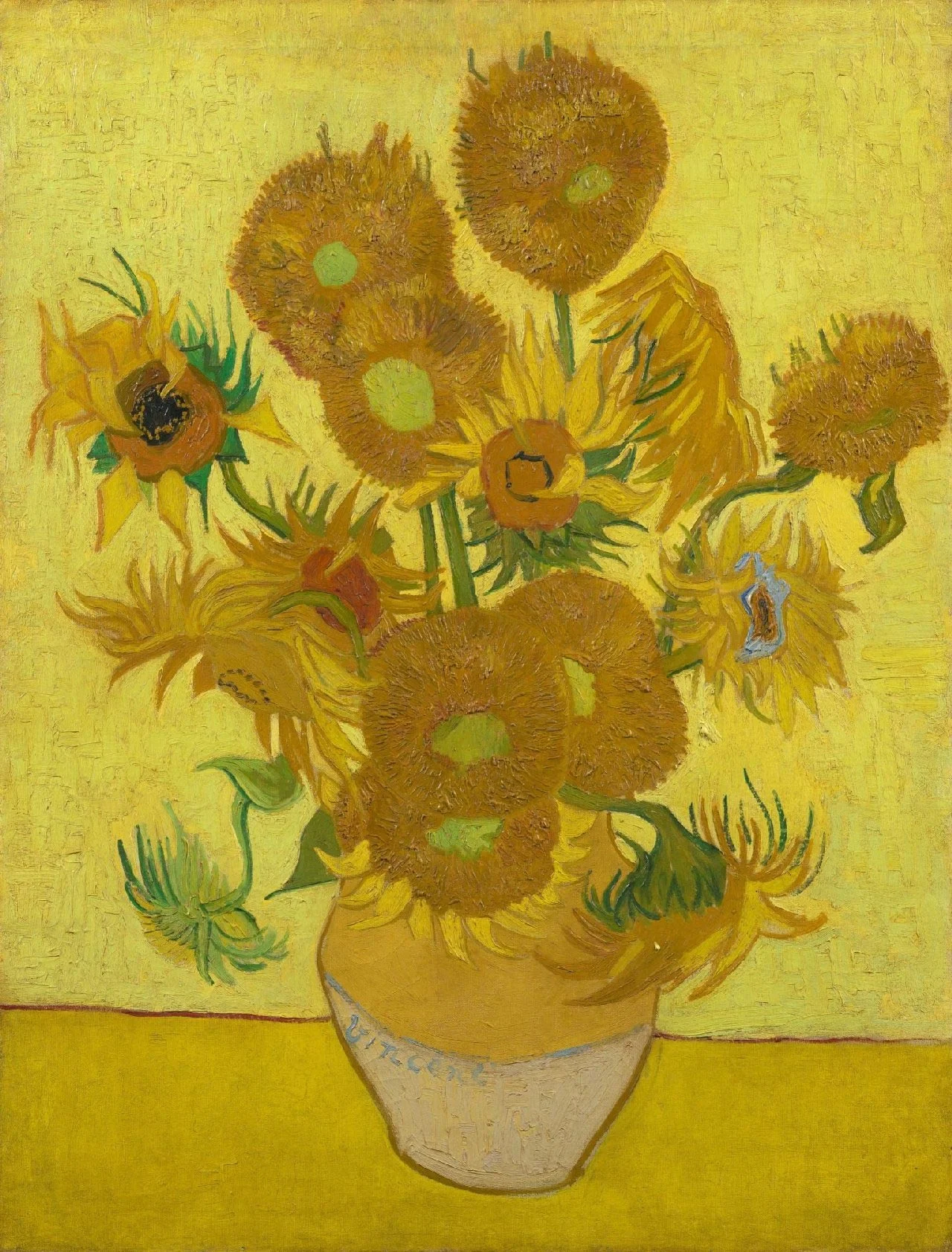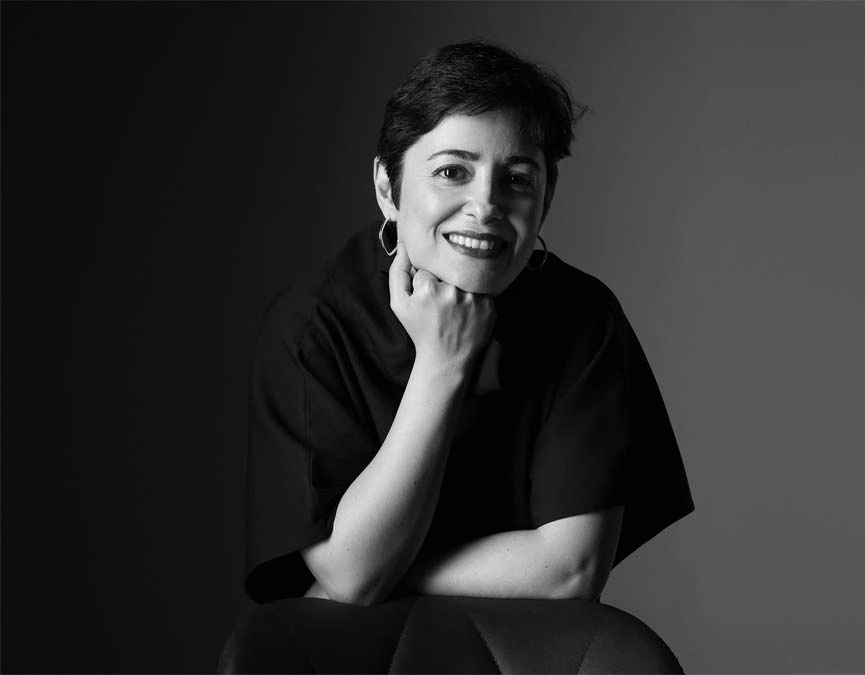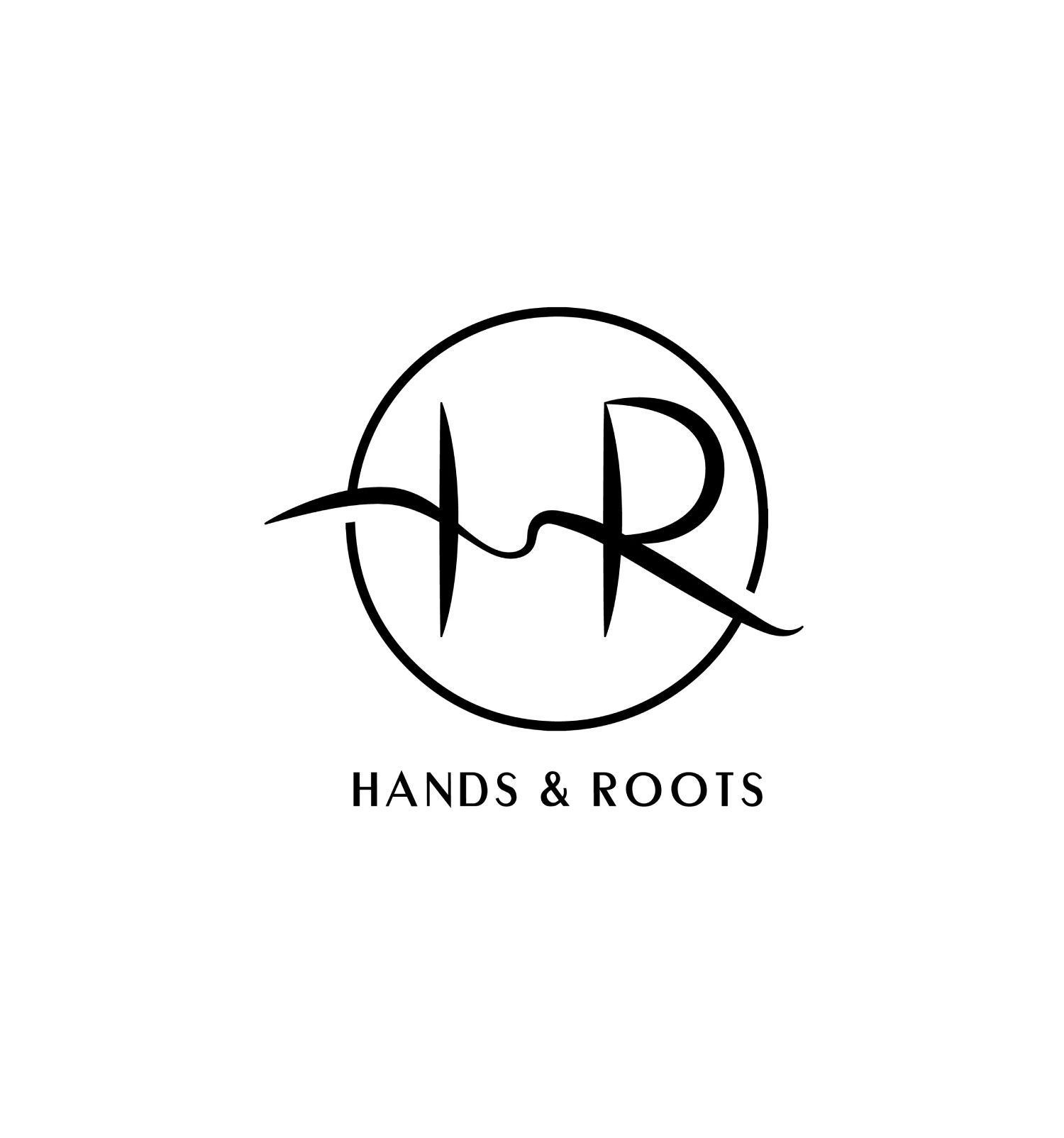okif
References:
1. Georgia O’Keeffe (1887 US–1986 US)
2. William Merritt Chase (1849 US–1916 US)
3. Miller, Angela, Berlo, Janet Catherine, Wolf, Bryan & Roberts, Jennifer (2024) 'The arts confront the new century: renewal and continuity (1900-1920)', in American Encounters: Art History and Cultural Identity. LibreTexts, pp. 407-411. Available at: https://human.libretexts.org/Bookshelves/Art/American_Encounters%3A_Art_History_and_Cultural_Identity (Accessed: 1 April 2025).
4. Arthur Wesley Dow (1857 US–1922 US)
5. Red and Orange Streak (1919)
6. Miller, Angela, Berlo, Janet Catherine, Wolf, Bryan & Roberts, Jennifer (2024) 'The arts confront the new century: renewal and continuity (1900-1920)', in American Encounters: Art History and Cultural Identity. LibreTexts, pp. 407-411. Available at: https://human.libretexts.org/Bookshelves/Art/American_Encounters%3A_Art_History_and_Cultural_Identity (Accessed: 1 April 2025).
7. Alfred Stieglitz (1864 US–1946 US)
8. Miller, Angela, Berlo, Janet Catherine, Wolf, Bryan & Roberts, Jennifer (2024) 'The arts confront the new century: renewal and continuity (1900-1920)', in American Encounters: Art History and Cultural Identity. LibreTexts, pp. 407-411. Available at: https://human.libretexts.org/Bookshelves/Art/American_Encounters%3A_Art_History_and_Cultural_Identity (Accessed: 1 April 2025).
9. Ibid.
10. O'Keeffe, Georgia. (1916) [Letters to Alfred Stieglitz], 11 and 18 September 1916. In: Cowart, J., Hamilton, J. and Greenough, S. (eds.) Georgia O'Keeffe: Art and Letters. Washington: National Gallery of Art, pp. 156-157
11. Evening Star watercolors (1917)
12. The Light Coming on the Plains (1917)
13. Gardner, Howard. (1980) Artful Scribbles: The Significance of Children's Drawings. New York: Basic Books, pp. 137-149.
14. Wassily Kandinsky (1866 Russia–1944 France)
15. Lowe, Sue. Davidson. (1983) Stieglitz: A Memoir Biography. New York: Farrar, Straus and Giroux, p. 230.
16. Benjamin de Casseres (1873 US–1945 US)
17. Puritanical
18. Miller, Angela, Berlo, Janet Catherine, Wolf, Bryan & Roberts, Jennifer (2024) 'The arts confront the new century: renewal and continuity (1900-1920)', in American Encounters: Art History and Cultural Identity. LibreTexts, pp. 407-411. Available at: https://human.libretexts.org/Bookshelves/Art/American_Encounters%3A_Art_History_and_Cultural_Identity (Accessed: 1 April 2025).
19. Paul Rosenfeld (1890 US–1946 US)
20. Miller, Angela, Berlo, Janet Catherine, Wolf, Bryan & Roberts, Jennifer (2024) 'The arts confront the new century: renewal and continuity (1900-1920)', in American Encounters: Art History and Cultural Identity. LibreTexts, pp. 407-411. Available at: https://human.libretexts.org/Bookshelves/Art/American_Encounters%3A_Art_History_and_Cultural_Identity (Accessed: 1 April 2025).
21. Ibid.
22. Stieglitz, Alfred. (1973) 'Woman in art', in Norman, D. Alfred Stieglitz: An American Seer. New York: Aperture, pp. 36-38.
23. Havelock Ellis (1859 US–1939 US)
24. Freud, Sigmund. (1914) 'On narcissism: an introduction', in Strachey, J. (ed. and trans.) The Standard Edition of the Complete Psychological Works of Sigmund Freud. Vol. 14: 1914-1916. London: Hogarth Press and Institute of Psycho-Analysis, pp. 73-104.
25. Anne Brigman (1869 US–1950 US)
26. Stieglitz, Alfred. [1918] [Letter to Anne Brigman, early 1918]. Alfred Stieglitz Papers, Yale Collection of American Literature (YCAL), Beinecke Rare Book & Manuscript Library. Written while working in the attic room above "291" gallery, sorting art and publications.
27. Seligmann, Herbert. J. (1966) Alfred Stieglitz Talking. New Haven: Yale University Press.
28. Weaver, Mike. (1996) 'Alfred Stieglitz and Ernest Bloch: Art and hypnosis', History of Photography, 20(4), pp. 293–303.
29. Stieglitz, Alfred. [1918] [Letter to Anne Brigman, early 1918]. Alfred Stieglitz Papers, Yale Collection of American Literature (YCAL), Beinecke Rare Book & Manuscript Library. Written while working in the attic room above "291" gallery, sorting art and publications.
30. Port of New) 1924(
31. Hands (1919(
32. Marcia Brennan
33. Brennan, Marcia. Greenough, Sara. & Peters, Sarah. Whitaker. (2000) ‘[Review of Painting Gender, Constructing Theory by Marcia Brennan; Modern Art and America: Alfred Stieglitz and His New York Galleries by Sarah Greenough; Becoming O'Keeffe by Sarah Whitaker Peters]’, Archives of American Art Journal, [online] p. 37. Available at: https://www.academia.edu/10004581/Review_of_Painting_Gender_Constructing_Theory_by_Marcia_Brennan_Modern_Art_and_America_Alfred_Stieglitz_and_His_New_York_Galleries_by_Sarah_Greenough_Becoming_OKeeffe_by_Sarah_Whitaker_Peters_Archives_of_American_Art_Journal_2000 (Accessed: 1 April 2025).
34. John Marin (1870 US–1953 US)
35. Marsden Hartley (1877 US–1943 US) and Charles Demuth (1883 US–1935 US)
36. Brennan, Marcia. Greenough, Sara. & Peters, Sarah. Whitaker. (2000) ‘[Review of Painting Gender, Constructing Theory by Marcia Brennan; Modern Art and America: Alfred Stieglitz and His New York Galleries by Sarah Greenough; Becoming O'Keeffe by Sarah Whitaker Peters]’, Archives of American Art Journal, [online] p. 37. Available at: https://www.academia.edu/10004581/Review_of_Painting_Gender_Constructing_Theory_by_Marcia_Brennan_Modern_Art_and_America_Alfred_Stieglitz_and_His_New_York_Galleries_by_Sarah_Greenough_Becoming_OKeeffe_by_Sarah_Whitaker_Peters_Archives_of_American_Art_Journal_2000 (Accessed: 1 April 2025).
37. Stieglitz, Alfred. (1926) [Letter to Herbert Seligmann, 22 February 1926]. In: Seligmann, H.J. (1966) Alfred Stieglitz Talking. New Haven: Yale University Press, pp. 61-62.
Image and Cover sources:
Fig. 1: O’Keeffe, G. (1919) Red and Orange Streak [Oil on canvas, 68.6 × 58.4 cm]. Available at: [Insert URL for "View artwork"] (Accessed: 1 April 2025).
Fig. 2: O’Keeffe, G. (1917) Evening Star No. IV [Watercolor on paper, 22.5 × 30.5 cm]. Georgia O’Keeffe Museum Collections. Available at: https://collections.okeeffemuseum.org (Accessed: 1 April 2025).
Fig. 3: O’Keeffe, G. (1917) Light Coming on the Plains No. I [Watercolor on paper (mounted on newsprint), 30.2 × 22.5 cm]. Georgia O’Keeffe Museum Collections. Available at: https://collections.okeeffemuseum.org (Accessed: 1 April 2025).
Fig. 4: Stieglitz, A. (1918) Georgia O’Keeffe (Nude No. 8) [Palladium print, 18.1 × 22.9 cm]. Available at: [Insert URL for "View details"] (Accessed: 1 April 2025).
Fig. 5: Stieglitz, A. (1918) Georgia O’Keeffe at 291 [Gelatin silver print, 23.9 × 19 cm]. Available at: https://www.linneawest.com (Accessed: 1 April 2025).
Fig. 6: Stieglitz, A. (1918) Georgia O’Keeffe at 291 [Silver-platinum print, 23.9 × 19 cm]. National Gallery of Art. Available at: https://www.nga.gov/collection (Accessed: 1 April 2025).
Fig. 7: Stieglitz, A. (1919) Georgia O’Keeffe—Hands [Gelatin silver print, 24 × 19 cm]. InCollect. Available at: https://www.incollect.com (Accessed: 1 April 2025).


